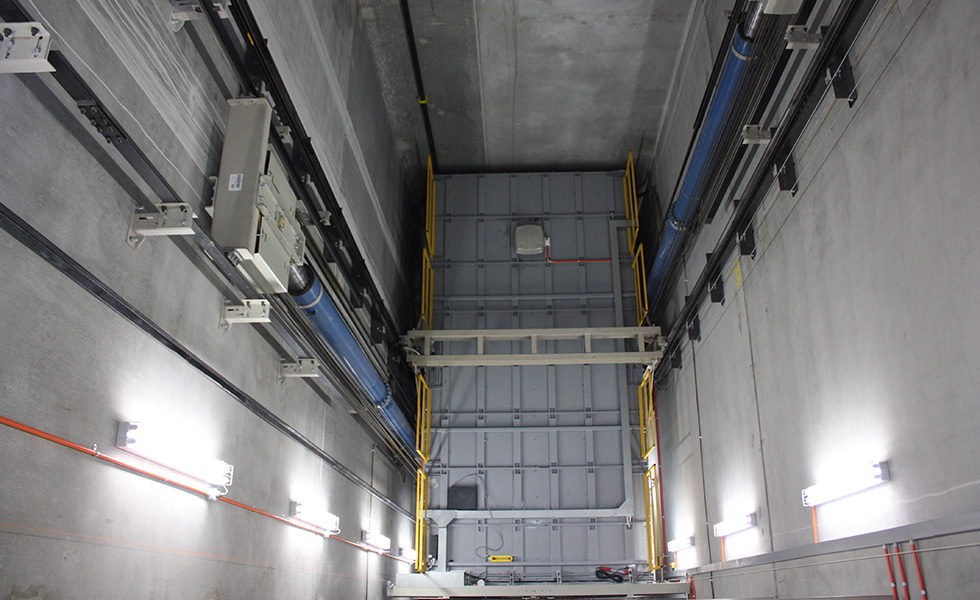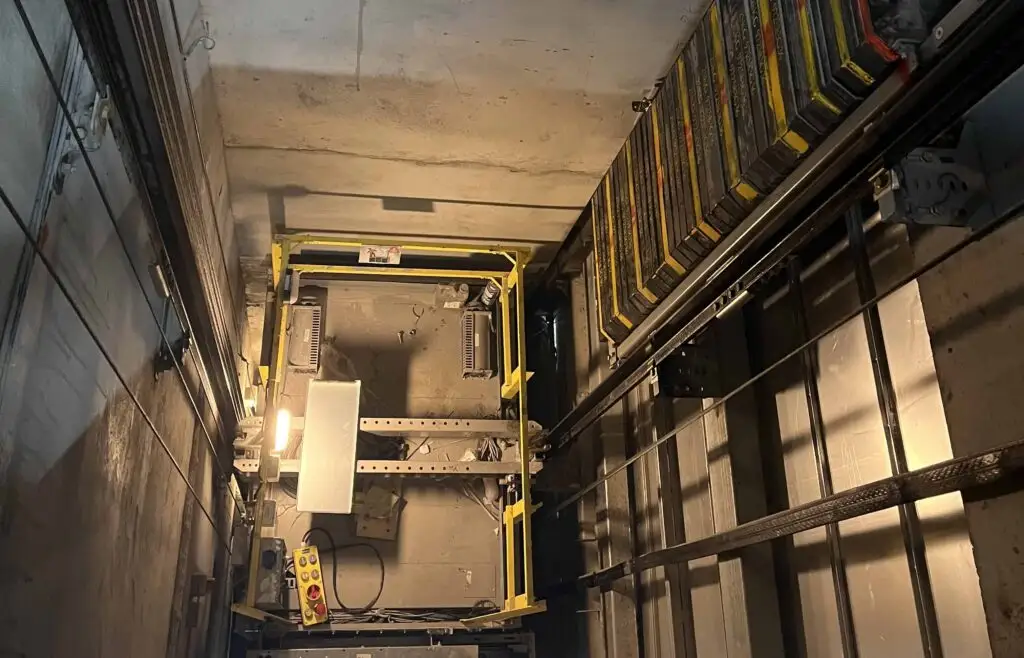Repairing Tips for Common Issues With Disabled Platform Lifts
When it concerns making sure the smooth procedure of disabled system lifts, running into usual concerns can interrupt the capability and accessibility they supply. From power supply problems to regulate panel malfunctions, these obstacles can impede the lift's performance and concession safety - elevator maintenance. Comprehending exactly how to fix these concerns effectively is crucial in preserving the reliability and effectiveness of these important devices. Allow's check out some sensible tips to resolve these typical issues and make certain the proper performance of disabled platform lifts.
Power Supply Issues
When coming across power supply concerns with handicapped system lifts, the first step is to systematically evaluate and repair potential sources of power interruption. If the power source is verified to be functioning, proceed to inspect the power cord for any type of indications of damage or use that could be causing a disturbance in the power supply.

Control Board Troubles
Control board malfunctions on impaired platform lifts can significantly restrain their operational performance and present safety and security dangers to users. The control board works as the main user interface for operating the lift, permitting customers to launch activity, control speed, and handle stops at different degrees. When the control board comes across concerns such as unresponsive switches, erratic actions, or screen breakdowns, it can disrupt the whole lift procedure.
One typical issue with control board is electrical faults, which may arise from wiring problems, power rises, or element damages. These mistakes can cause the control board to breakdown or become less competent, making it hard for individuals to run the lift securely. In addition, over at this website environmental elements like dampness or extreme temperature levels can additionally affect the control board's performance, resulting in possible failures.
To address control board troubles effectively, routine upkeep checks and inspections are necessary. Consistently cleaning the control panel, examining wiring links, and making sure proper calibration can help avoid malfunctions and make sure the lift runs smoothly. In cases of consistent problems, getting in touch with a qualified technician for repair work or replacements is advised to maintain the lift's performance and safety for users.

System Stuck or Jammed
In scenarios where the disabled system lift experiences a platform stuck or jammed, prompt focus and proper troubleshooting are vital to make sure the lift's performance and individual security. When coming across a system that is stuck or jammed, the initial step is to stop any continuous procedure of the lift to protect against more damage or security threats.
In such situations, it is recommended to get in touch with a certified specialist or the lift producer for professional help in fixing the problem. Trigger and proper resolution of a stuck or obstructed system is vital to maintain the lift's operational performance and make certain individual security.
Safety Sensing Unit Malfunctions
A vital part of impaired system lifts, safety and security sensors play a crucial role in guaranteeing user protection and lift operation. If troubleshooting the sensors does not deal with the concern, get in touch with a certified professional to perform a comprehensive evaluation and fixing to keep the lift's safety and functionality. Routine maintenance and timely resolution of safety sensor malfunctions are vital for the risk-free procedure of handicapped platform lifts.
Unusual Sounds or Activities
When running a handicapped platform lift, listening to any uncommon sounds or motions is crucial for recognizing possible problems that may influence its efficiency and safety. Unusual sounds, such as grinding, screeching, or clunking audios, could indicate problems with the lift's mechanical parts, such as damaged gears, you can check here loosened screws, or damaged bearings. These issues, if left unaddressed, may cause malfunctions or perhaps total break down of the lift.
Similarly, uncommon motions of the platform, such as jerking, trembling, or unexpected quits, ought to not be ignored (elevator maintenance). These motions could be an indication of electric concerns, hydraulic system problems, or abnormalities in the lift's programs. Promptly see this exploring and dealing with these uncommon motions can prevent mishaps and ensure the ongoing safe operation of the system lift
In case of experiencing uncommon noises or motions, it is advisable to discontinue using the lift quickly and contact a qualified professional for maintenance. Regular upkeep and timely troubleshooting of any type of unusual indicators can help prolong the life expectancy of the impaired platform lift and guarantee the security of its users.
Final Thought
Finally, repairing usual issues with impaired platform raises needs recognizing and addressing power supply problems, control board issues, platform jams, security sensor breakdowns, and unusual sounds or motions. By complying with correct maintenance and troubleshooting procedures, individuals can make sure the secure and reliable procedure of system lifts for people with specials needs.